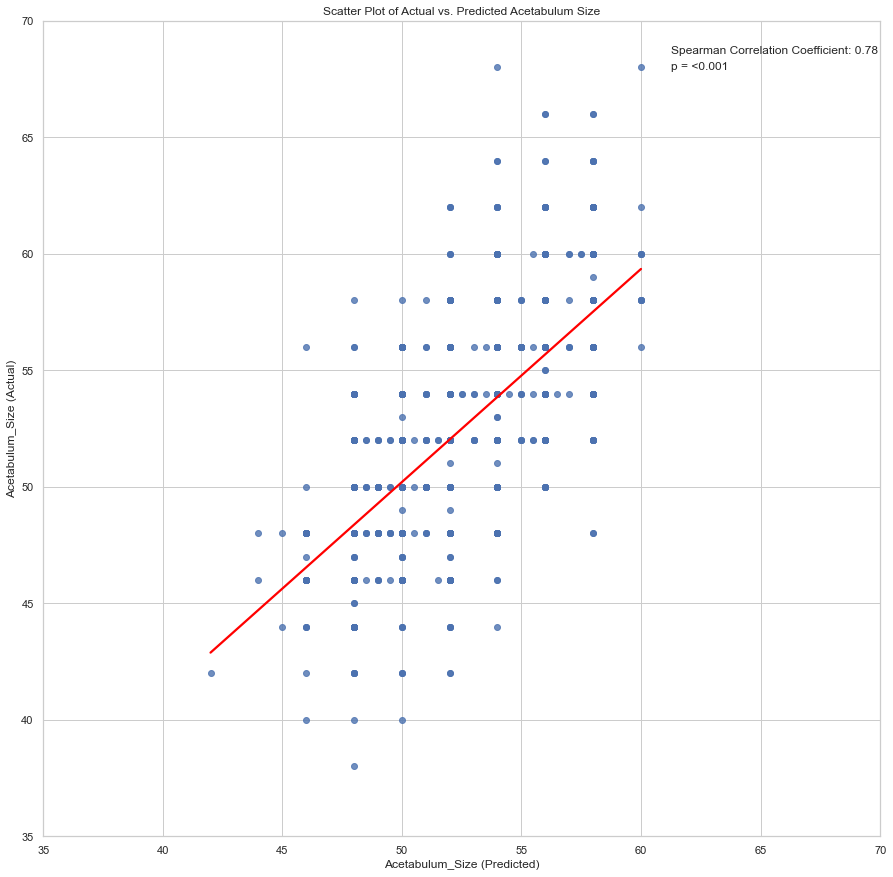German Congress of Orthopaedics and Traumatology (DKOU 2025)
Deutscher Kongress für Orthopädie und Unfallchirurgie 2025 (DKOU 2025)
Developing and validating machine learning models to predict acetabular cup size in total hip arthroplasty
2Universitätsklinik Balgrist, Zürich, Schweiz
Text
Objectives and questions: Adequate implant inventory management can improve efficiency, storage space, and result in cost savings in arthroplasty. This study investigates if the prediction of cup size in elective primary total hip arthroplasty (THA) cound be improved with the use of advanced machine learning.
Material and methods: Using the arthroplasty registry of a single institution, we identified 30,583 patients who underwent primary THA between 2016 and 2024. No data was missing or incomplete. A total of 9 parameters readily available preoperatively were included as potential predictor variables. The data corpus was partitioned into training (80%) and hold-out test (20%) samples. Two distinct machine learning models were trained on regression tasks. The models were technically evaluated utilizing Root Mean Squared Error (RMSE) and Mean Absolute Error (MAE). Spearman correlation coefficient was calculated to assess alignment with implanted cup. 95% confidence intervals (95% CI) were calculated via bootstrapping. Real world useability was assessed by the percent of correct predictions within 2 mm from implanted cup.
Results: The quantile regression forest outperformed the explainable boosted machine (EBM) in terms of MAE (1.69 [95% CI 1.64, 1.73] vs 1.73 [1.69, 1.77], Table 1 [Tab. 1]) and real-world usability, with an accuracy of 82.85% within ±2 mm and 97.27% within ±4mm (Figure 1 [Abb. 1]). The EBM outperformed the QRF by RMSE and Spearman Correlation coefficient, weighing outliers heavier (Figure 2 [Abb. 2]). The most important factors in order were Sex, height, age, weight, surgical approach and BMI.
Table 1: Performance of Regression Models on test Set
Figure 1: Bar plot displaying the accuracy of the QRF model in terms of correctly predicting acetabular cup size within ±2mm intervals.
Discussion and conclusions: Machine learning models can predict implant sizing with very high accuracy based on a few metrics available preoperatively. This model can help decrease overall cost of THA by improving orthopaedic manufacturers’ supply chains and hospitals’ inventory management.





